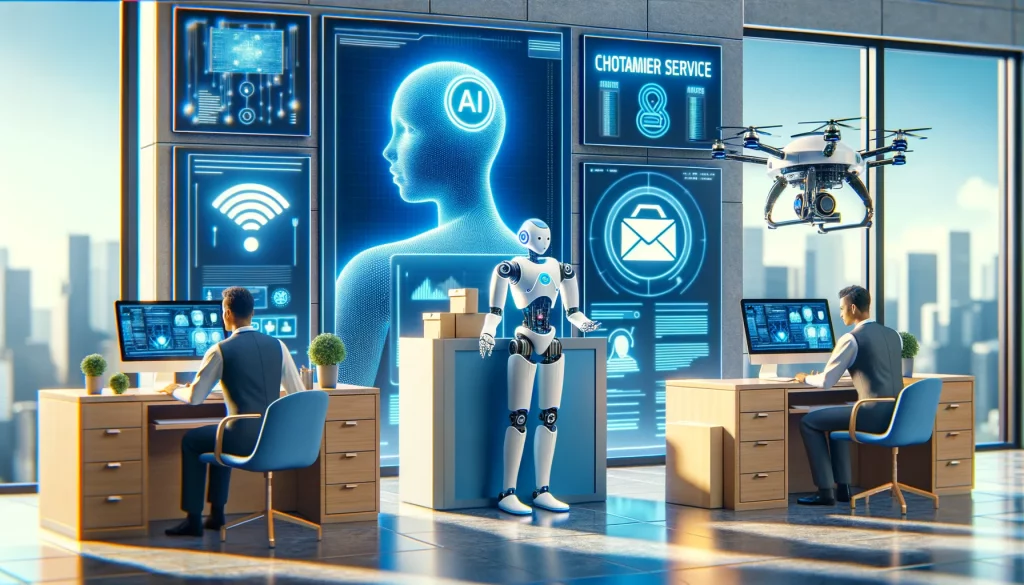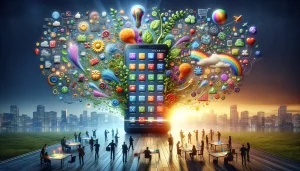The Role of Artificial Intelligence in Public Services
Empowering Public Services with Smart Innovations
Imagine walking into a government office where the endless queues of yesteryear are replaced by seamless efficiency. That’s the magic of Artificial Intelligence (AI). Far from being just a buzzword, AI is becoming the unseen ally that works tirelessly behind the scenes to streamline public services and make them feel…human again.
AI doesn’t just crunch numbers or spit out predictions—it transforms experiences. Think virtual assistants guiding citizens through complex forms or predictive systems anticipating traffic snarls before they happen. It’s like giving your public services a crystal ball paired with a personal concierge.
This isn’t science fiction. It’s happening now. The beauty of AI lies in its ability to not just automate but innovate—delivering public services that feel surprisingly thoughtful at every click, call, or visit.
Key Applications of AI in Service Delivery
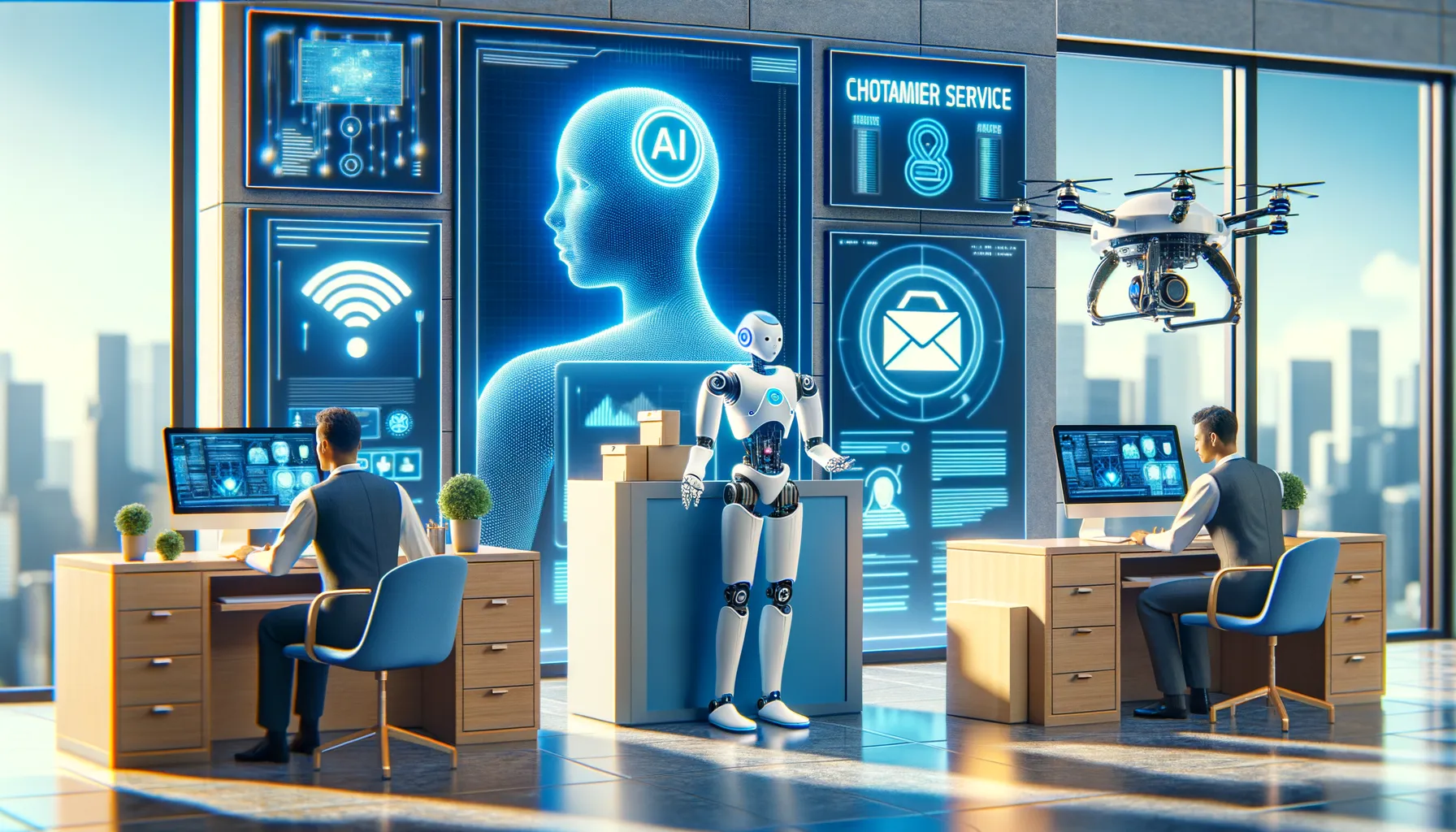
Transforming Citizen Engagement with Smart AI
Imagine calling customer support and actually getting the answers you need—instantly. That’s what AI can do for public service delivery. With tools like chatbots and virtual assistants, governments are now offering citizens 24/7, lightning-fast support. Whether it’s applying for permits, renewing licenses, or even reporting a local pothole, these AI-driven systems ensure queries are resolved without long queues or frustrating hold music.
Take Estonia, for instance—it’s already using AI-based virtual agents to handle over half of its e-government services! And this isn’t just about speed. These tools are trained to “speak” in ways that feel human. They remember past inquiries, suggesting personalized solutions, like a helpful concierge who just knows your preferences.
Data-Driven Decision-Making in Action
Picture this: a city’s entire transportation system adjusted in real time to prevent traffic jams. Sounds futuristic? Well, it’s happening now thanks to AI-powered analytics. Public services are diving deep into mountains of data to:
- Predict and prevent emergencies, from floods to power outages.
- Improve resource allocation by identifying underserved communities.
- Optimize healthcare needs, such as staffing hospitals where demand might spike.
By acting like a crystal ball for policymakers, AI isn’t just assisting—it’s reshaping how decisions are made, turning guesswork into precision.
Challenges and Risks in Implementing AI
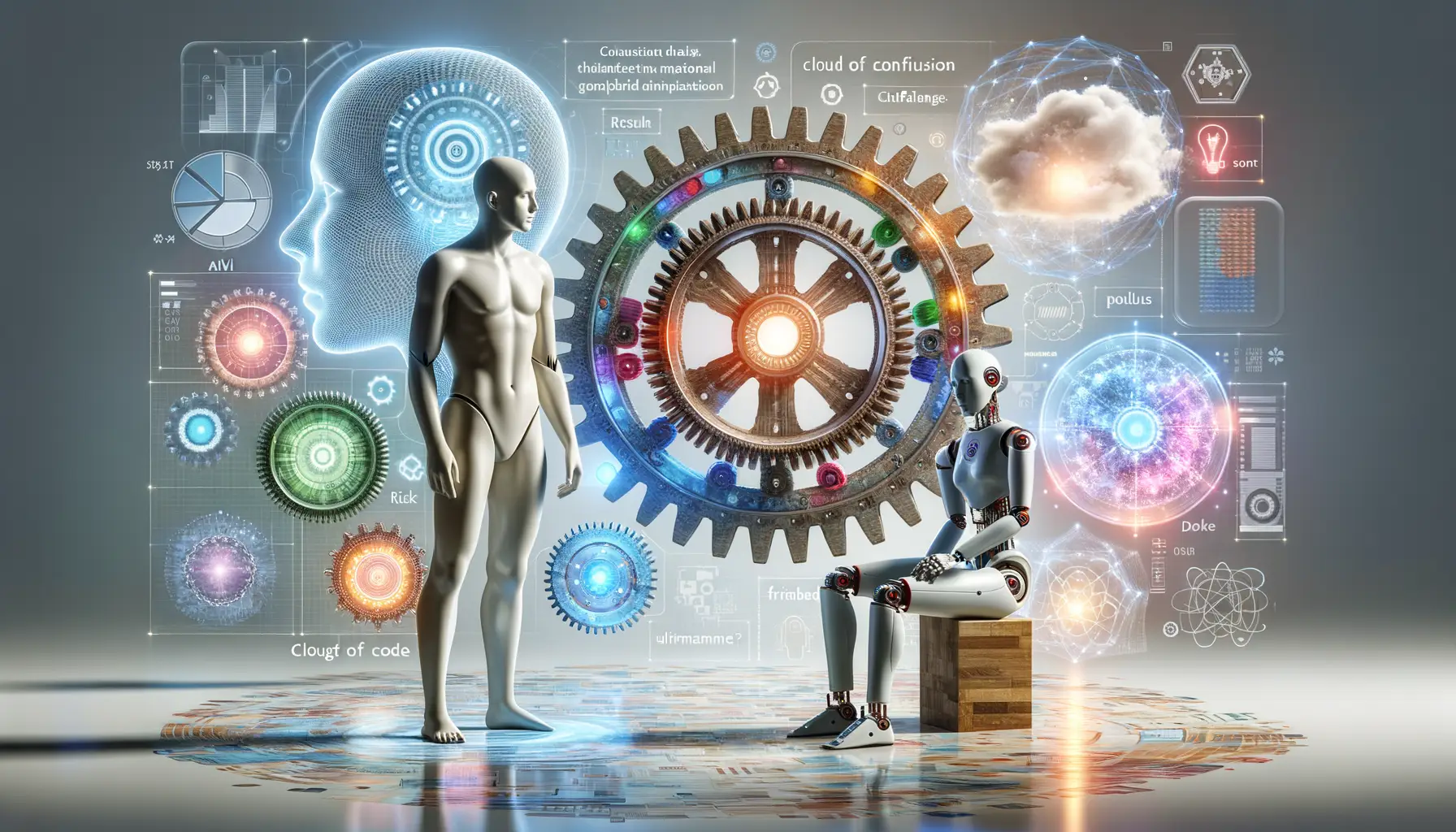
Untangling the Web of Complexity
Implementing AI in public services isn’t all smooth sailing; it’s more like navigating a labyrinth. While the potential is enormous, so are the challenges. For starters, there’s the elephant in the room: data privacy and security. Think about it—when governments handle sensitive citizen data through AI algorithms, any breach could feel like leaving the vault door wide open.
Beyond that, there’s the danger of bias slipping in. AI systems often reflect the data they’re trained on. If that data carries historical prejudices or gaps, you can end up with outcomes that favor some groups over others—it’s a bit like trying to bake a cake with a flawed recipe.
Tech Hurdles Meet Human Resistance
On the flip side, don’t underestimate human factors. Introducing AI can disrupt routines and spark resistance among public workers. People might fear losing their jobs or struggle to trust “machines” for critical decisions. Add to that the steep costs of infrastructure and training, and it’s clear why adoption isn’t as simple as flipping a switch.
Strategies for Effective AI Integration
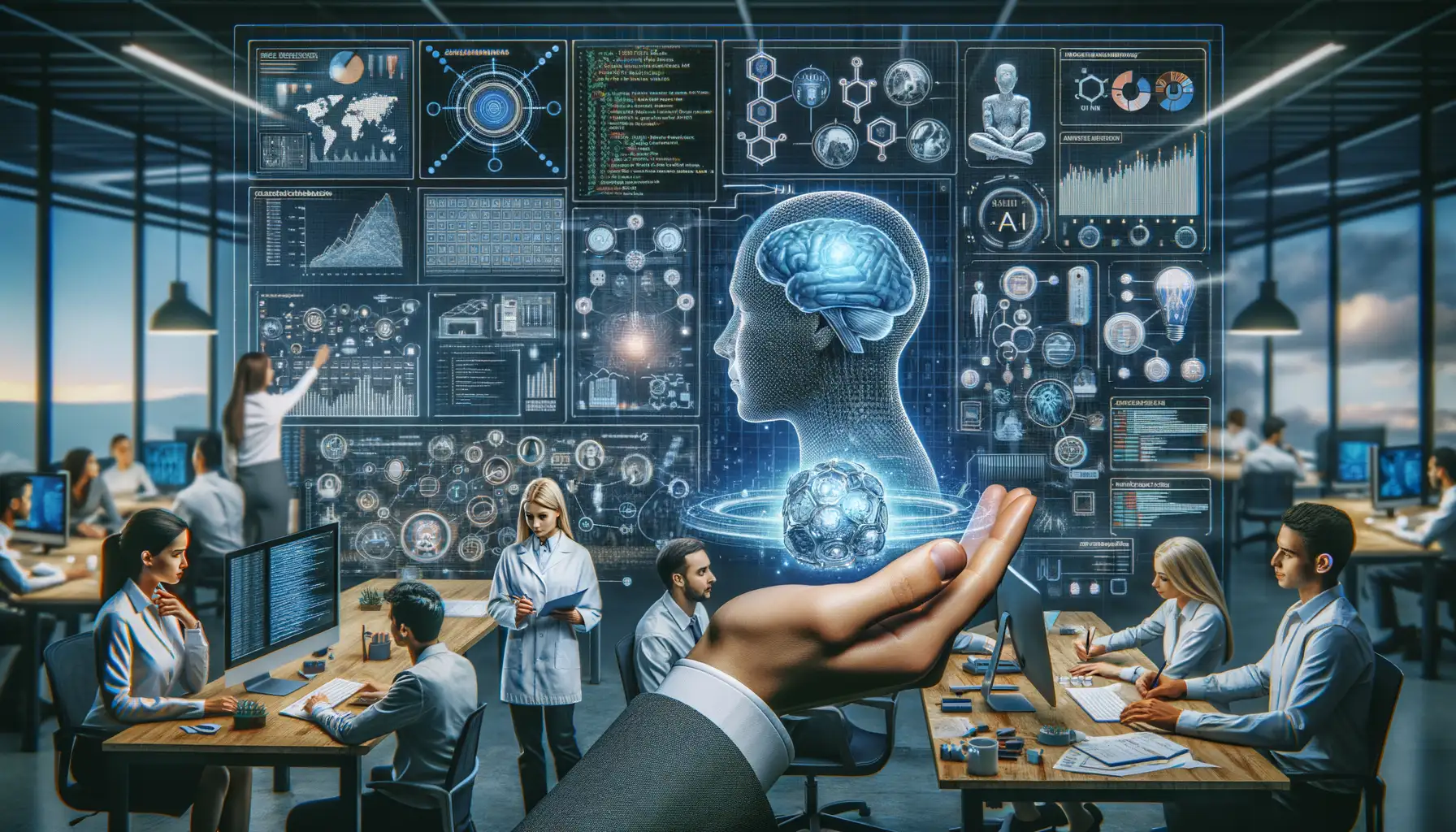
Building Bridges Between Tech and Public Service
Let’s face it—integrating AI into public services isn’t just about flipping a switch and watching the magic happen. It’s more like weaving a new thread into an already intricate tapestry. So, where do you even begin? Start with what makes all public systems tick: people.
Your first move? Focus on *collaboration*. Bring together tech experts, government leaders, and the very citizens who will experience these changes firsthand. After all, who understands the issues better than those living them? By involving diverse voices early, you avoid the classic “tech knows best” trap that can leave communities feeling excluded.
And don’t forget the power of education! Train staff in the *real-world applications* of AI. Show them how an algorithm might streamline something like waste management scheduling or rapidly process permit requests. When people see the benefits firsthand, skepticism quickly melts into curiosity.
Practical Steps for Rolling Out AI
Start small. Forget massive, city-wide overhauls on Day 1. Instead, test AI tools in controlled, manageable areas. Here’s a cheat sheet to follow:
- Pilot programs: Think localized projects like using chatbots for basic inquiries at a single municipal office.
- Data audits: Ensure your data is clean, unbiased, and ready to fuel AI insights effectively.
- Scalability check: Can the solution grow across departments or regions without collapsing under its own weight?
Every step forward is a chance to learn, tweak, and build trust. Remember, AI integration isn’t a sprint—it’s a marathon run hand-in-hand with your community.
Future Outlook: AI-Driven Public Sector Innovations
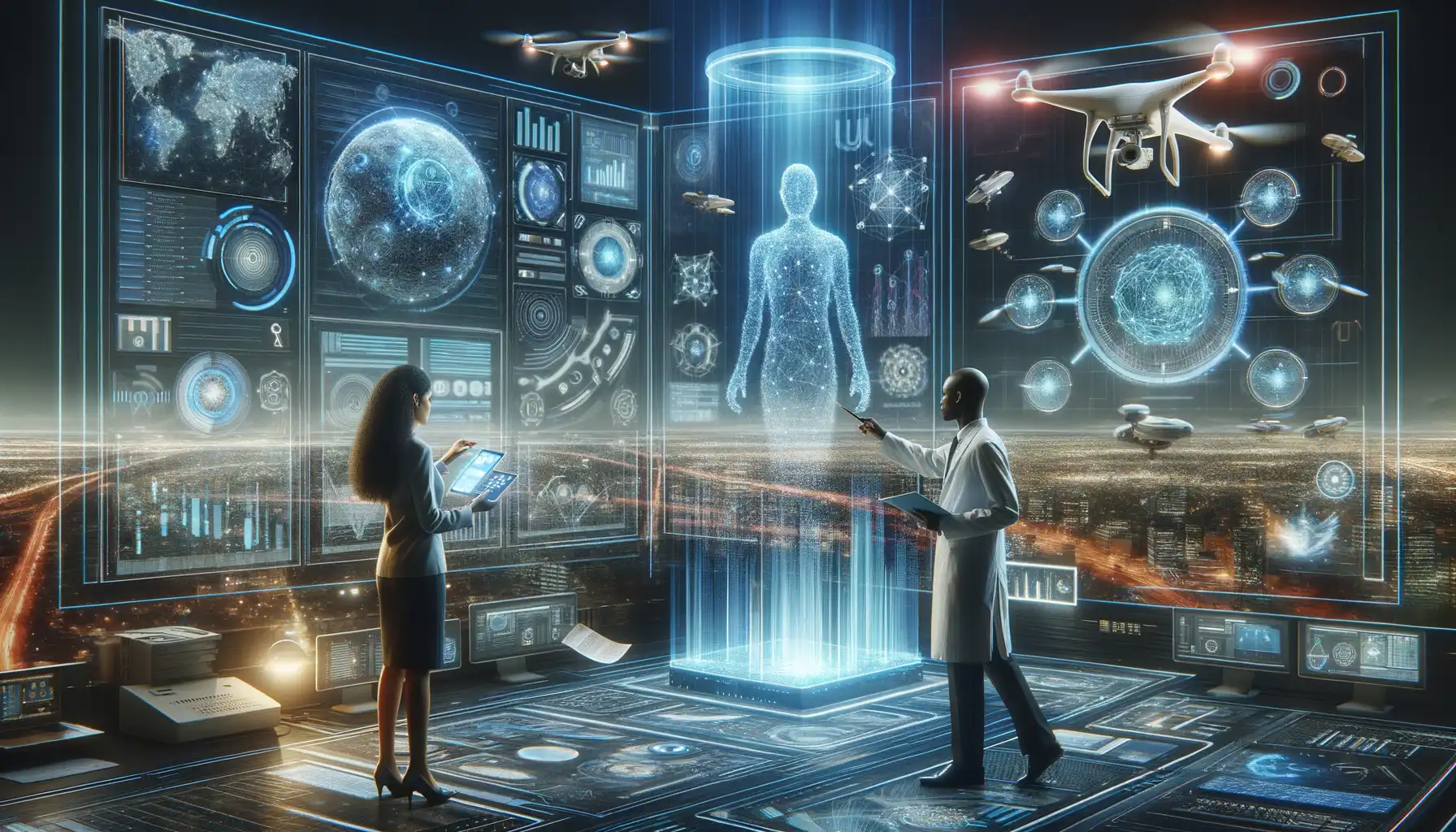
Revolutionizing Social Programs with AI
Imagine a world where public services don’t just meet your needs but anticipate them before you even ask. That’s the promise of AI in the public sector. Picture this: a single mother wakes up to an alert on her phone informing her that she’s pre-qualified for affordable childcare subsidies, thanks to data-driven insights matched to her circumstances. This isn’t science fiction—it’s a glimpse into the extraordinary future powered by AI innovations.
AI could revitalize long-standing programs by injecting them with real-time responsiveness. For example:
- Predictive analytics identifying areas prone to flooding, enabling proactive disaster relief plans.
- Personalized healthcare solutions using AI to schedule check-ups, send medication reminders, and recommend lifestyle changes geared to specific communities.
When human ingenuity and machine intelligence team up, barriers will crumble. A broken system won’t just “get fixed.” It’ll evolve into something beautifully aligned with people’s actual lives.
The Ethical Compass of Tomorrow’s AI Systems
But don’t think it’s all smooth sailing. The true marvel of future AI lies in building systems that don’t just ‘work,’ but work fairly and transparently. Will algorithms make unbiased decisions? Can they prioritize equity over efficiency when necessary? Governments must program their ethical compass into the heart of every AI tool they adopt.
From automatic unemployment benefit approvals to urban planning powered by citizen data, innovative AI can be revolutionary—but only if implemented with humanity at its core.
